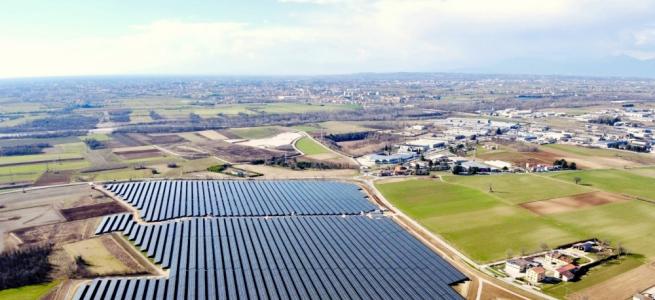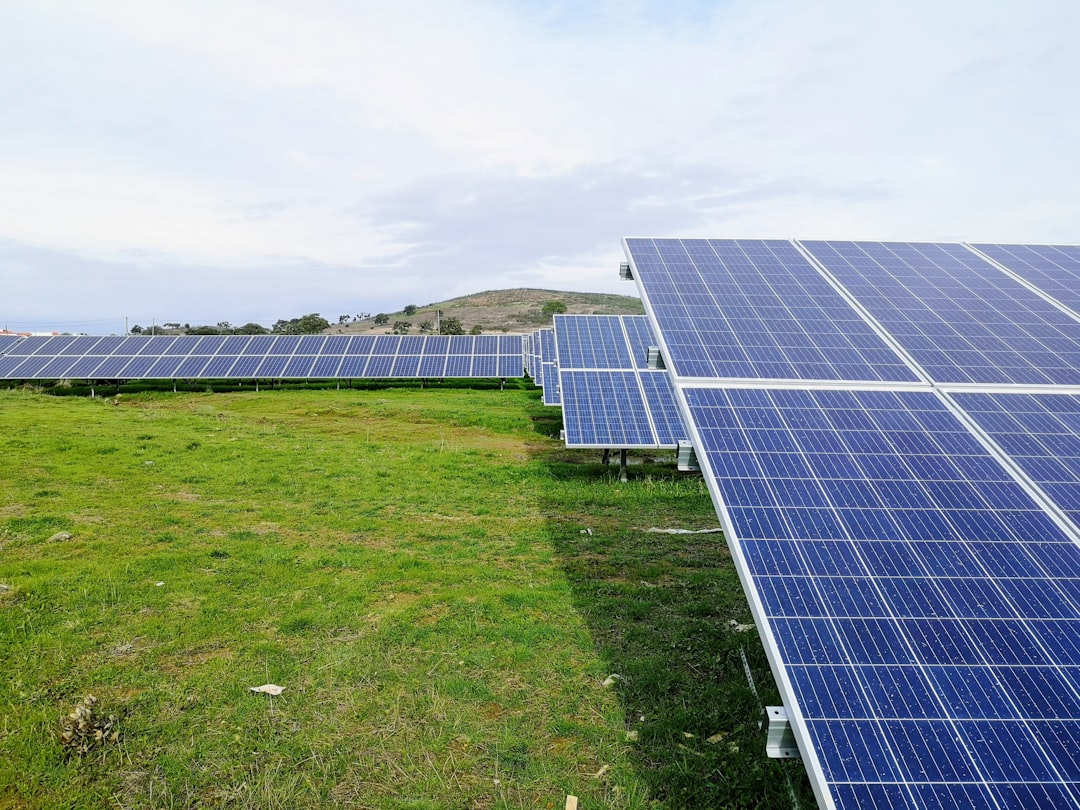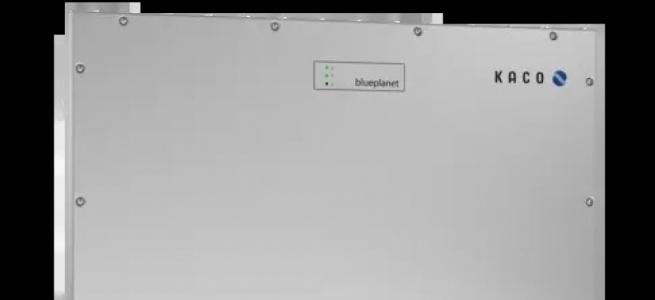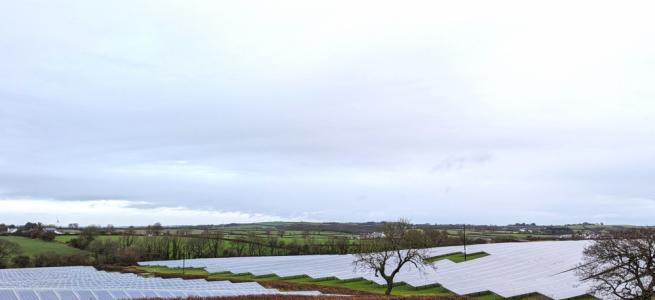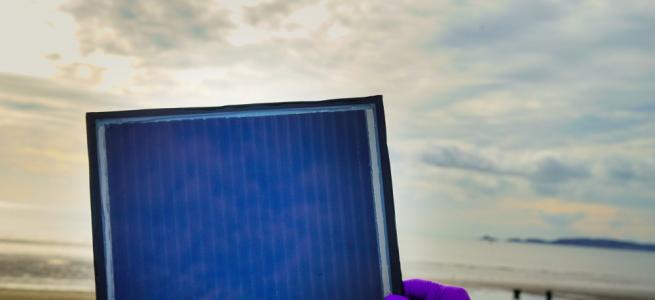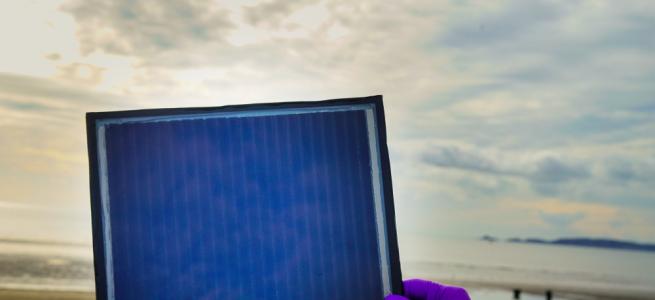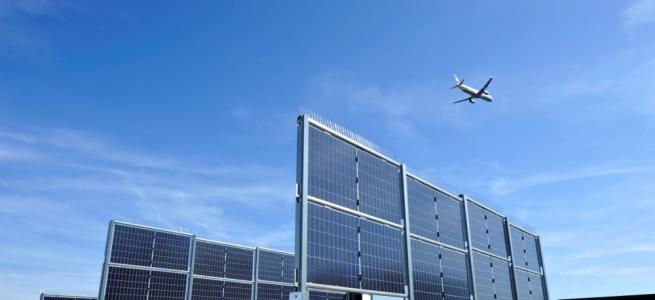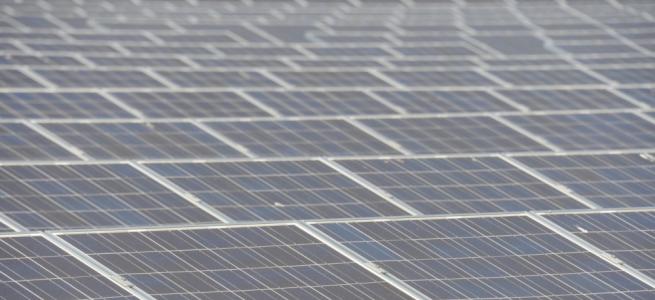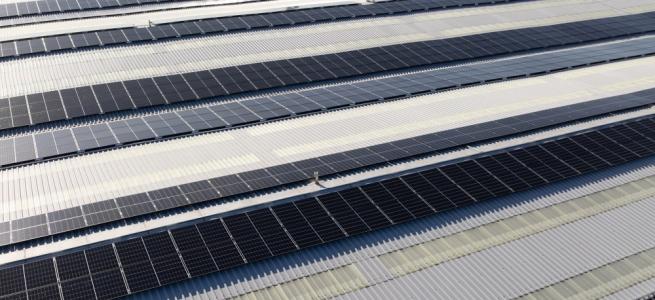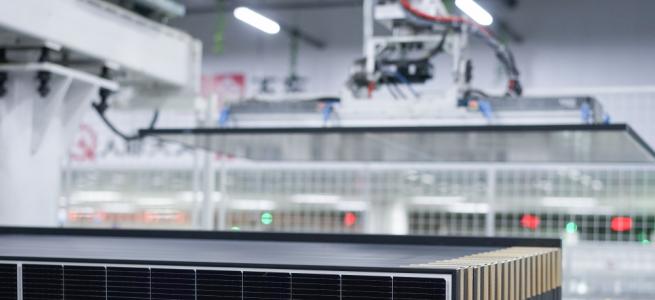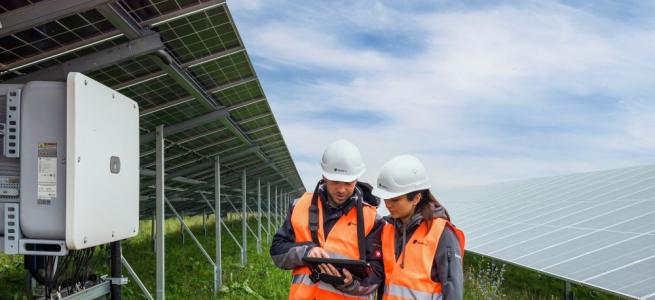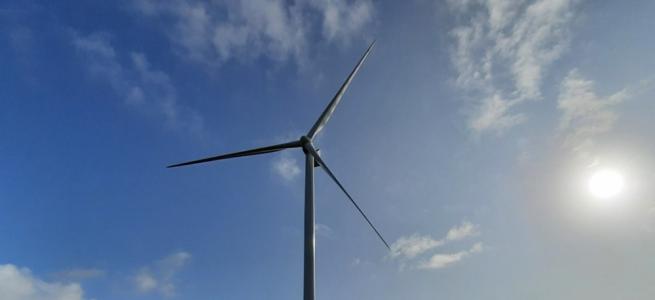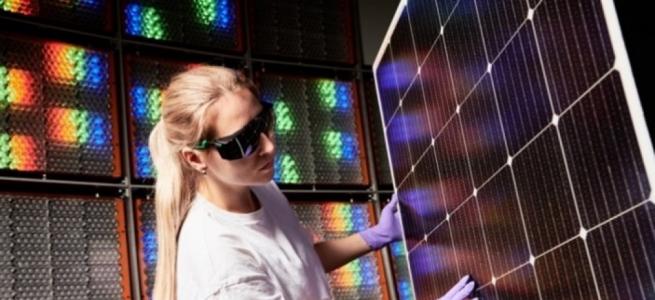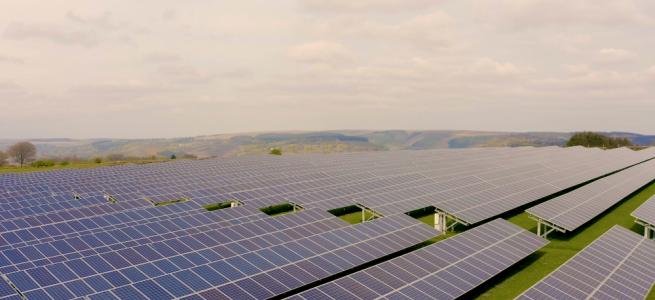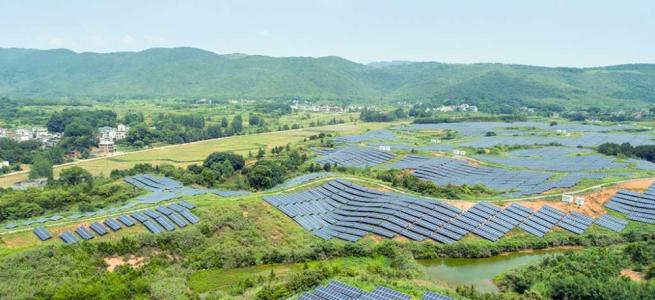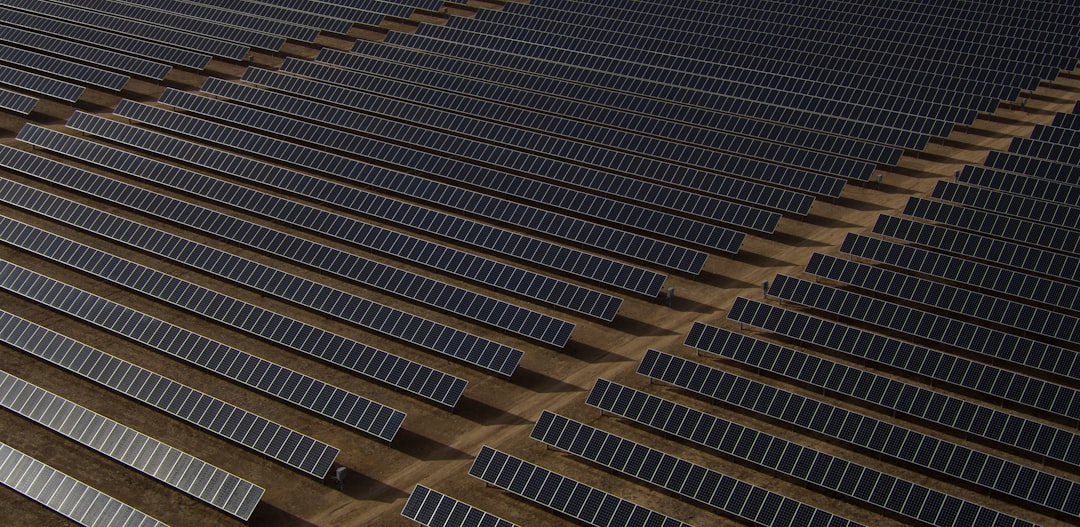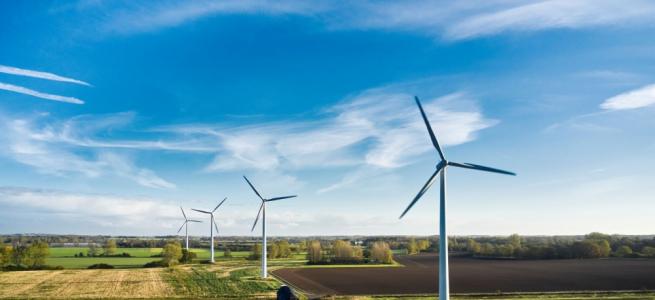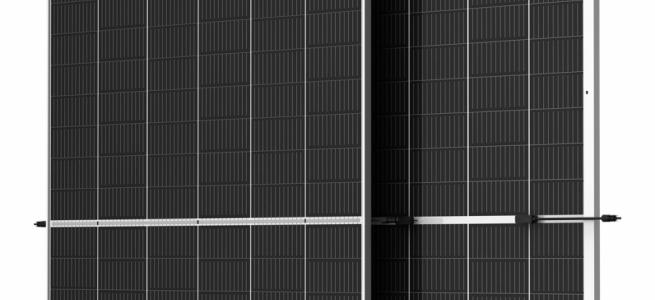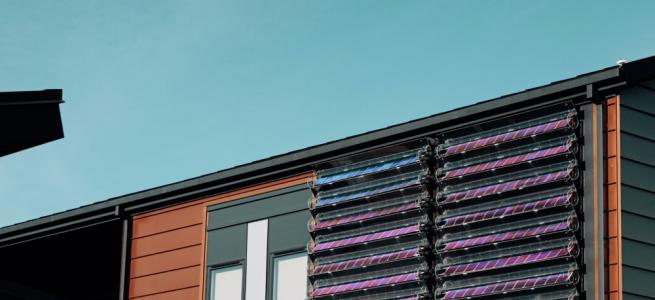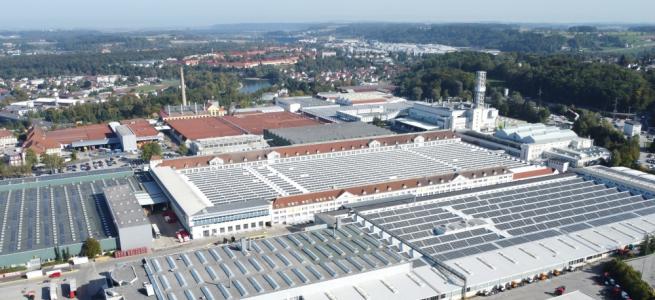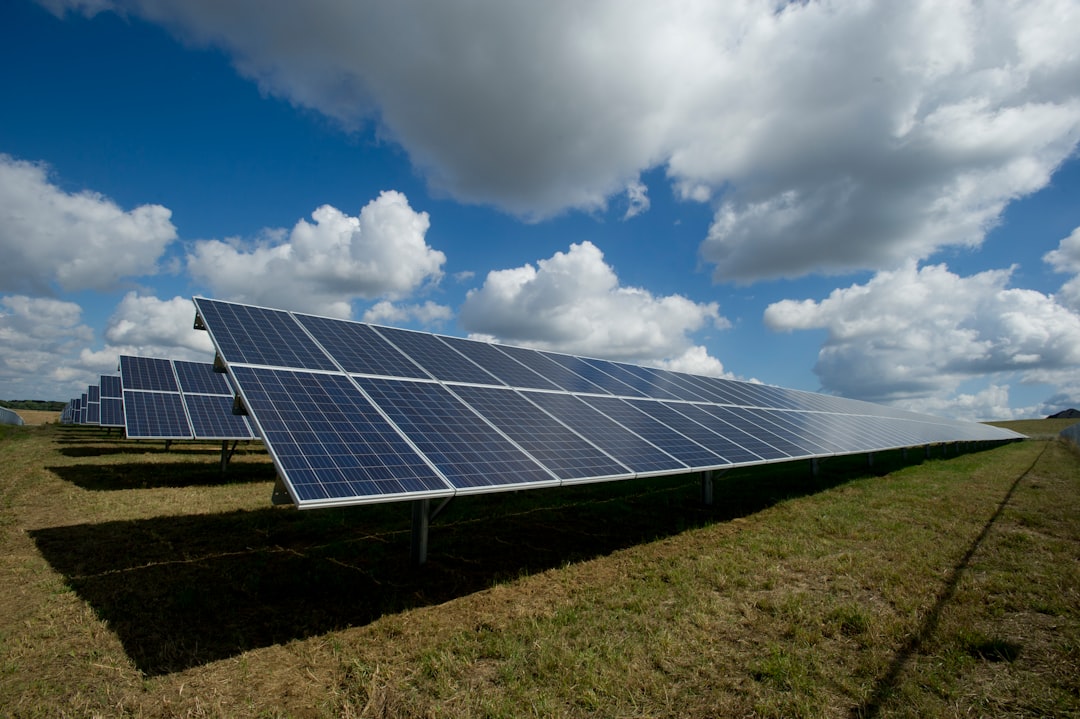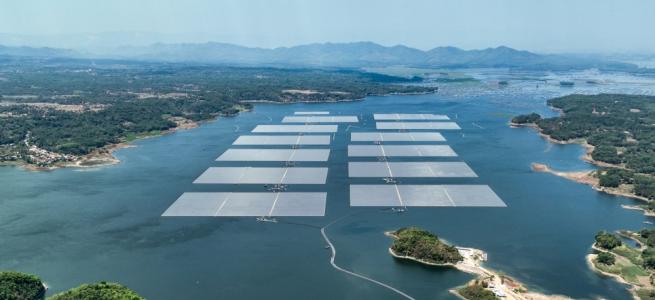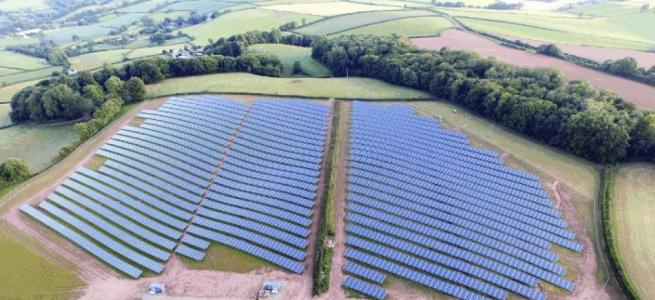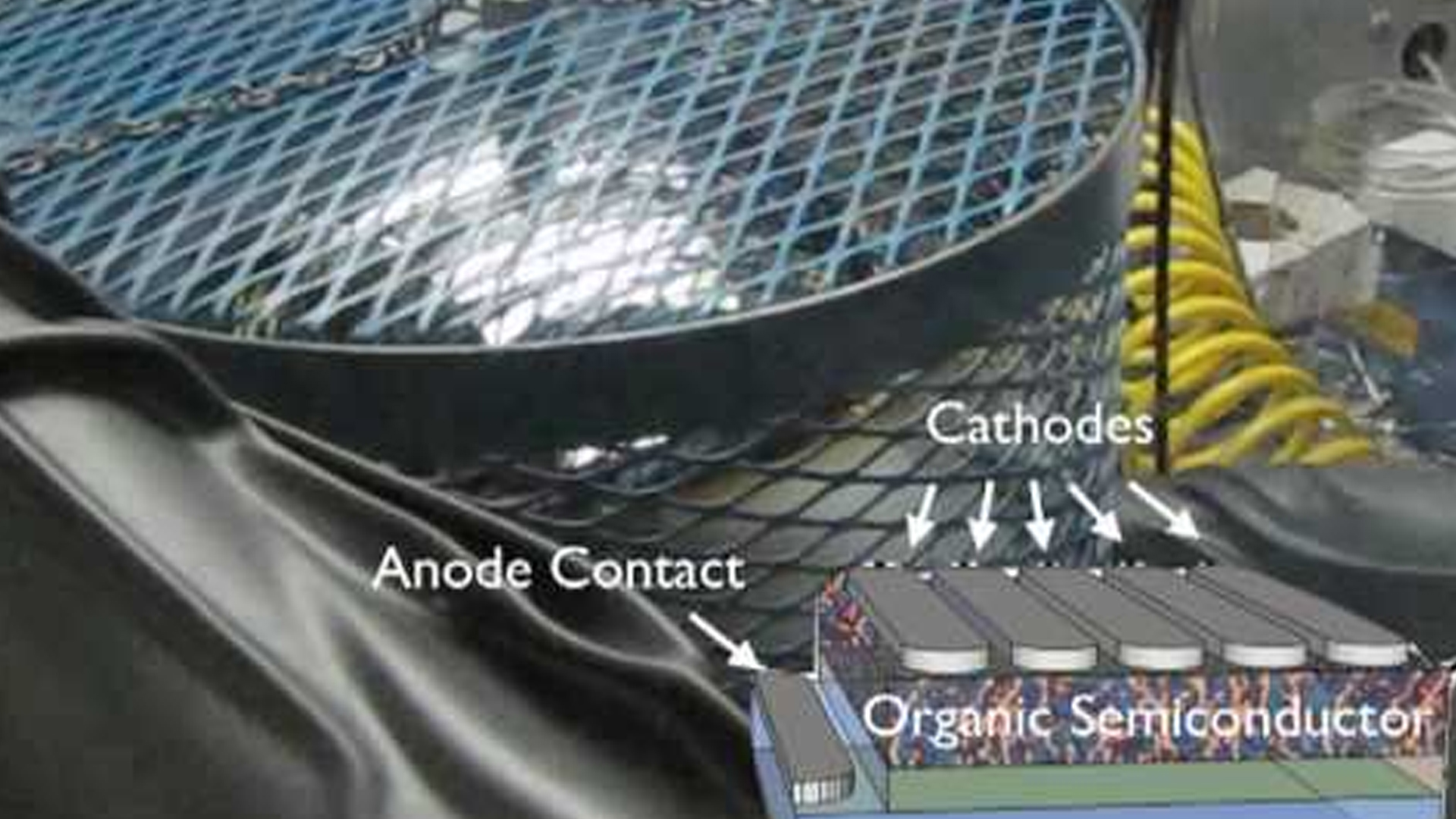Fine-tuned molecular orientation is key to more efficient solar cells

Polymer solar cells are a hot area of research due to both their strong future potential and the significant challenges they pose. It is believed that thanks to lower production costs, they could become a viable alternative to conventional solar cells with silicon substrates when they achieve a power conversion efficiency"”a measure that indicates how much electricity they can generate from a given amount of sunlight"”of between 10 and 15 percent. Now, using carefully designed materials and an "inverted" architecture, a team of scientists has achieved efficiency of 10 percent, bringing these cells close to the threshold of commercial viability.
Polymer-based solar cells offer a number of potential advantages. They are made of polymers that are inexpensive and flexible, and can be deposited on glass or plastic substrates, allowing the construction of large-scale structures. They are cheaper to manufacture, and more environmentally-friendly, than their silicon counterparts. Unfortunately, they have lower power efficiency due to their structure and also tend to degrade more quickly.
In the research published in Nature Photonics, a collaboration including Itaru Osaka and Kazuo Takimiya of the RIKEN Center for Emergent Matter Science managed to create a type of polymer solar cell called a bulk-heterojunction solar cell"”where the electron donor and acceptor layers are mixed together"”with a power conversion efficiency of 10%, close to what will allow these materials to be commercially viable.
According to Osaka, "While private firms have been able to develop cells with similar efficiency, they have done so using proprietary technology, so that it was not possible to know why things were working the way they were. We began experimenting with a substance called PNTz4T, which we had previously developed, and were able initially to achieve a power conversion efficiency of about 8%, with a fairly thick active layer of about 300 nanometers. Surprisingly, though, we found that when we used an inverted architecture, where the light enters through a transparent negative electrode, in our case made of zinc oxide, we found that the cell with the inverted architecture had better efficiency, which is abnormal for cells of the type we built. We believe that it is due to the alignment of molecules inside the mixed layers."
The researchers analyzed the composition of the materials using the SPring-8 synchrotron facility in Harima, and found indeed that in the inverted model, the orientation of the molecules within the active layer was very commonly "face-on," an orientation well suited to the transport of electron holes through the material. Takamiya says, "We surmised that this was the secret to the success in the experiment. It turns out that by trying something that might seem unusual, we got a surprising result, and through this were able to understand something about what makes cells more or less efficient."
According to Professor Hideyuki Murata of the Japan Advanced Institute of Science and Technology, who participated in the research, "This is an exciting result because we now have an understanding of how we can move forward to create polymer solar cells with greater efficiency. We hope that researchers around the world will be able to make use of these results to create commercially viable cells."
The work was done in collaboration with the Japan Advanced Institute of Science and Technology, Hiroshima University, and the Japan Synchrotron Radiation Research Institute (JASRI). It was funded by the Japan Science and Technology Agency (JST) under its Precursory Research for Embryonic Science and Technology program.


